Tire care is often overlooked, yet it’s essential for keeping your vehicle running smoothly and safely. Despite its importance, many drivers still believe in outdated or incorrect information about how to properly maintain their tires. In this article, we’ll debunk 15 common misconceptions about tire care that might just surprise you.
Contents
You Only Need to Check Tire Pressure Once a Month

Tire pressure can fluctuate significantly within just a few days due to temperature changes or minor leaks. Underinflated tires can lead to decreased fuel efficiency and uneven wear, while overinflated tires can cause reduced traction. Regularly checking tire pressure at least once a week ensures that your tires remain within the optimal range, contributing to better performance and safety.
New Tires Don’t Need Maintenance
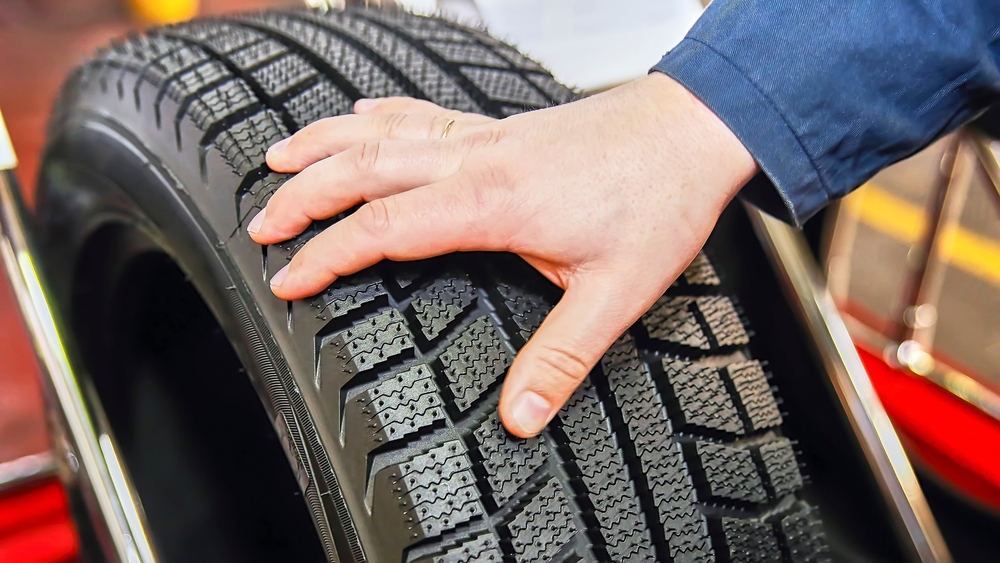
Many people assume that because tires are new, they don’t require any care. However, even new tires can lose air pressure or suffer from alignment issues. Regular checks on tire pressure, alignment, and rotation are crucial to ensure that new tires wear evenly and last longer.
All Tires Wear Evenly
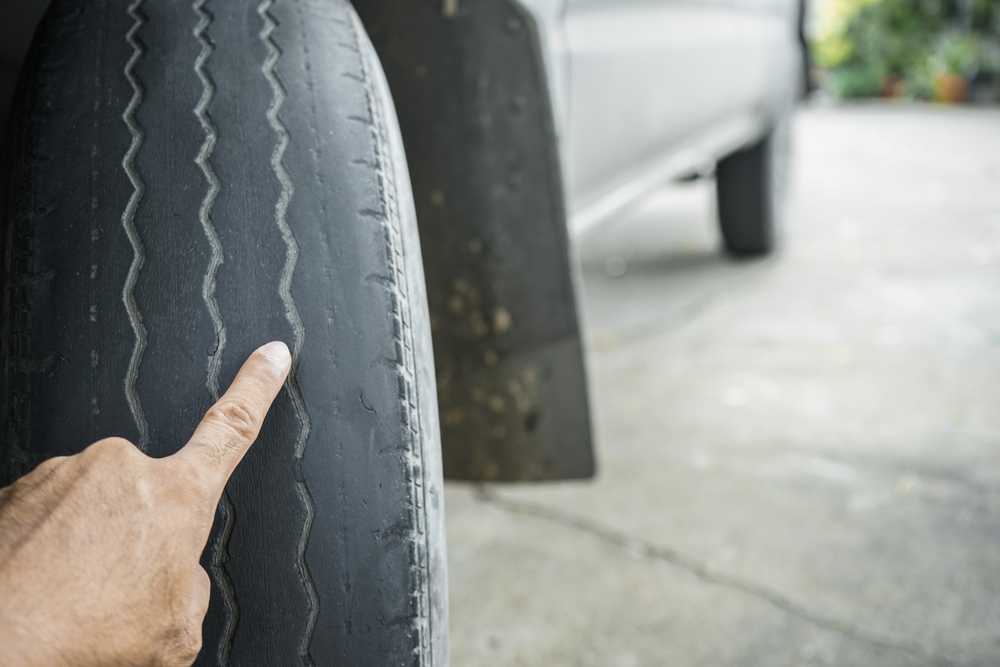
Tires on different positions of the vehicle experience varying levels of stress, leading to uneven wear. For example, front tires often wear out faster than rear ones due to the weight of the engine and steering forces. Regular tire rotation is necessary to even out wear patterns and extend the lifespan of all tires.
Overinflating Tires Improves Fuel Efficiency
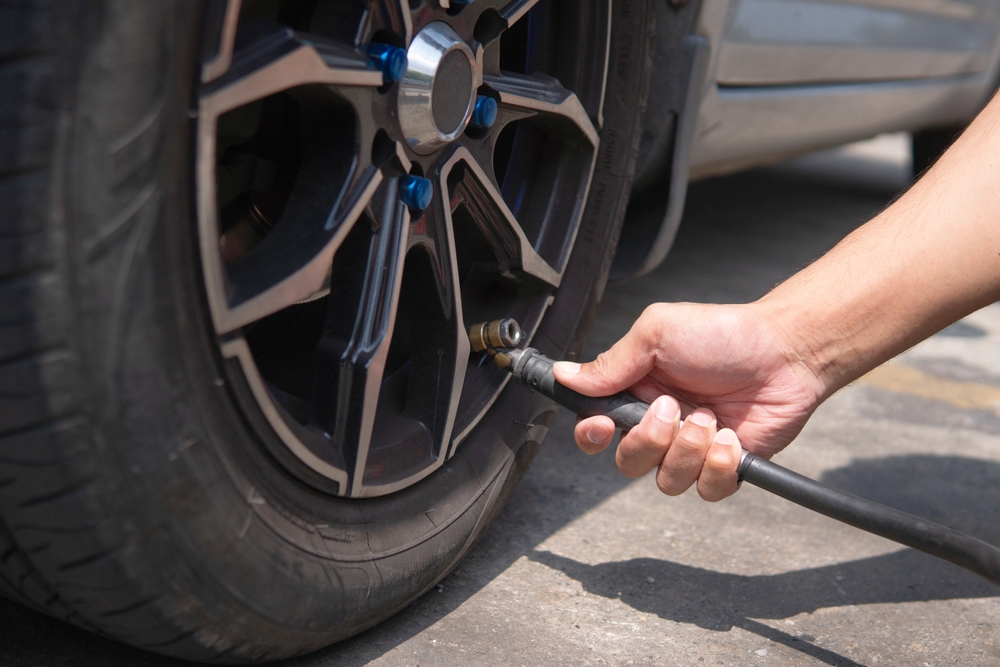
While it’s true that properly inflated tires can improve fuel efficiency, overinflating them can actually decrease traction and lead to a harsher ride. Additionally, overinflation increases the risk of tire damage from road hazards and uneven wear, which can ultimately reduce the tire’s lifespan.
Tire Rotation Isn’t Necessary
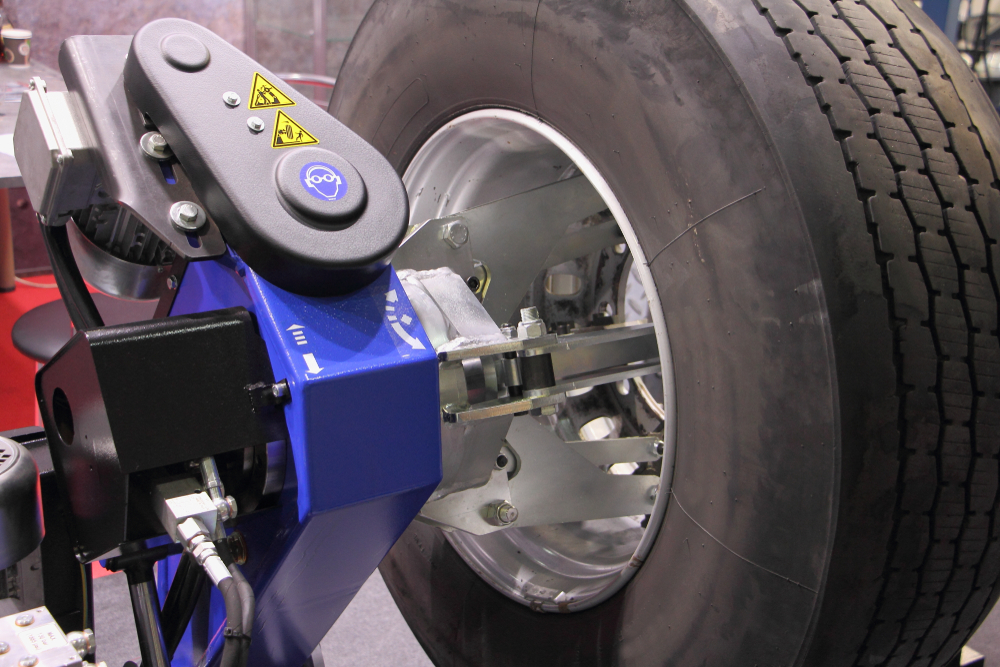
Tire rotation is essential for ensuring even wear across all tires, as different positions on the vehicle subject tires to different forces. Without regular rotation, you may end up replacing tires more frequently, and uneven wear can also compromise handling and safety.
You Can Judge Tire Pressure by Sight

It’s nearly impossible to accurately assess tire pressure just by looking at a tire. Even tires that appear properly inflated could be underinflated by 10-20%, which affects performance and fuel efficiency. A reliable tire gauge is the only accurate way to measure tire pressure.
Tires Last for the Manufacturer’s Suggested Mileage
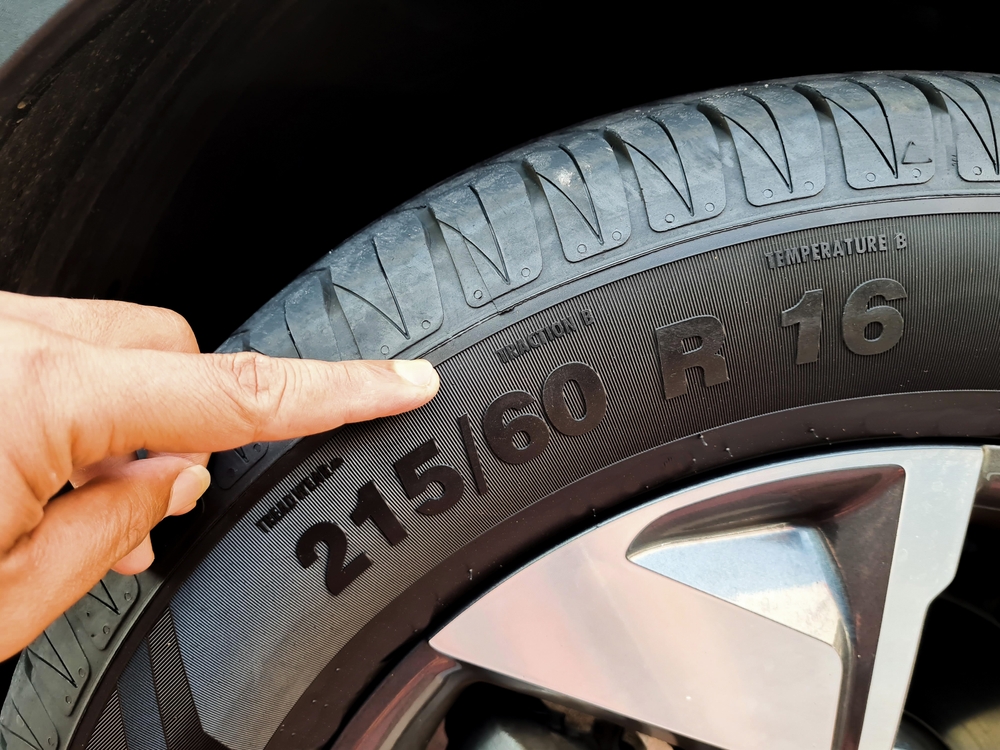
The mileage rating provided by manufacturers is based on ideal conditions. However, factors like driving habits, road conditions, and climate can all affect how long your tires actually last. Regular inspections and maintenance are key to maximizing tire life, regardless of the mileage rating.
Tire Alignment Is a One-Time Fix
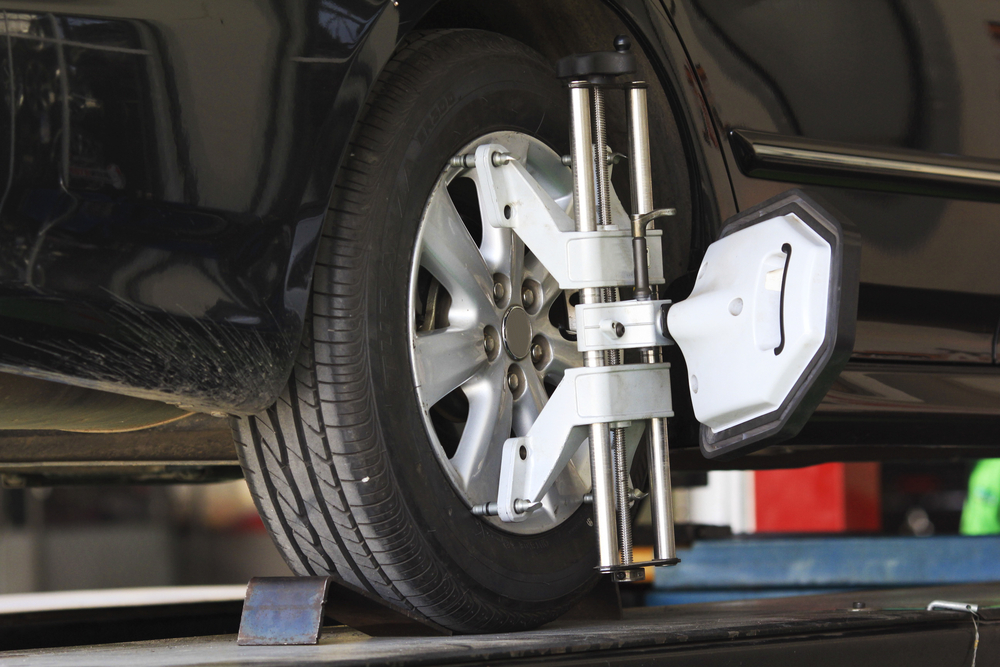
Image Editorial Credit: Shutterstock.com
Tire alignment can be disrupted by a variety of factors, including potholes, curbs, and regular wear and tear. Misalignment leads to uneven wear and poor handling, so it’s important to have your alignment checked periodically, especially after hitting a significant road hazard.
Tire Pressure Doesn’t Change with Temperature
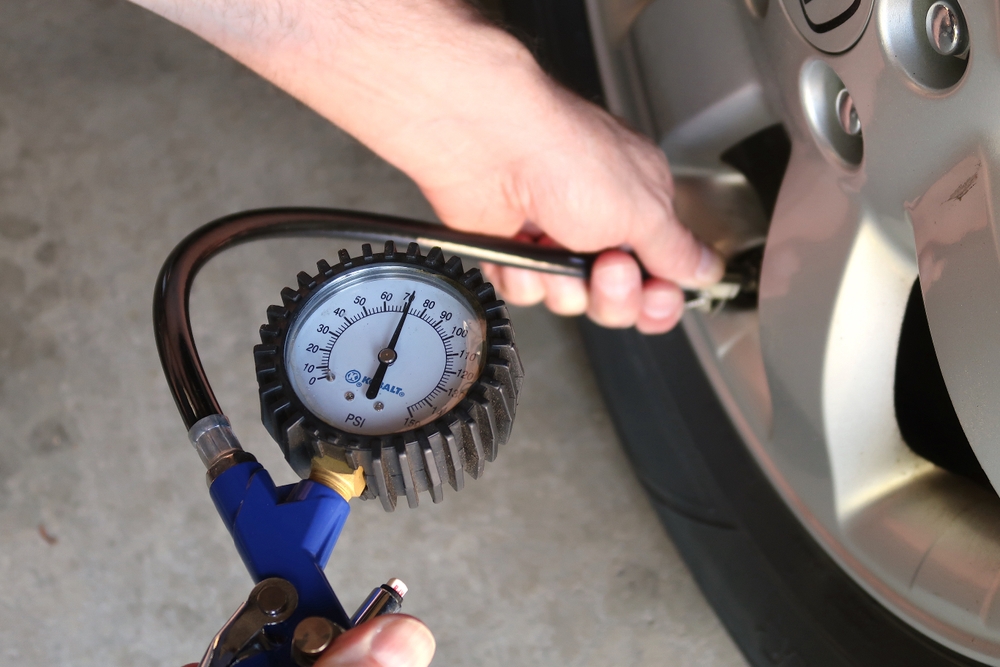
Image Editorial Credit: Shutterstock.com
Tire pressure decreases in cold weather and increases in hot weather due to the contraction and expansion of air. Ignoring these fluctuations can lead to underinflated tires in winter and overinflated tires in summer, both of which can compromise safety and efficiency.
Winter Tires Are Only for Snowy Conditions

Image Editorial Credit: Shutterstock.com
Winter tires are designed to perform better not just in snow, but also in cold temperatures and icy conditions. The rubber compounds used in winter tires remain flexible at lower temperatures, providing better grip and safety even when the roads are just cold or wet.
You Can Mix and Match Different Tire Brands
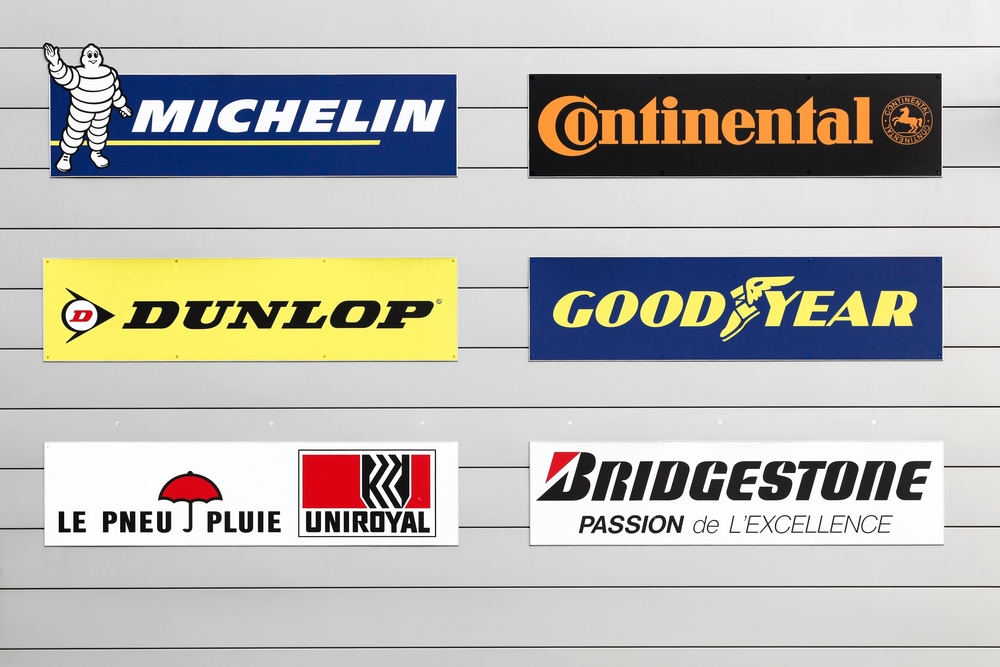
Mixing different tire brands or models on your vehicle can result in uneven performance and handling issues. Tires from different manufacturers can have varying tread patterns, sizes, and compounds, leading to inconsistencies that can affect traction, braking, and overall safety.
Tread Depth Is the Only Important Factor
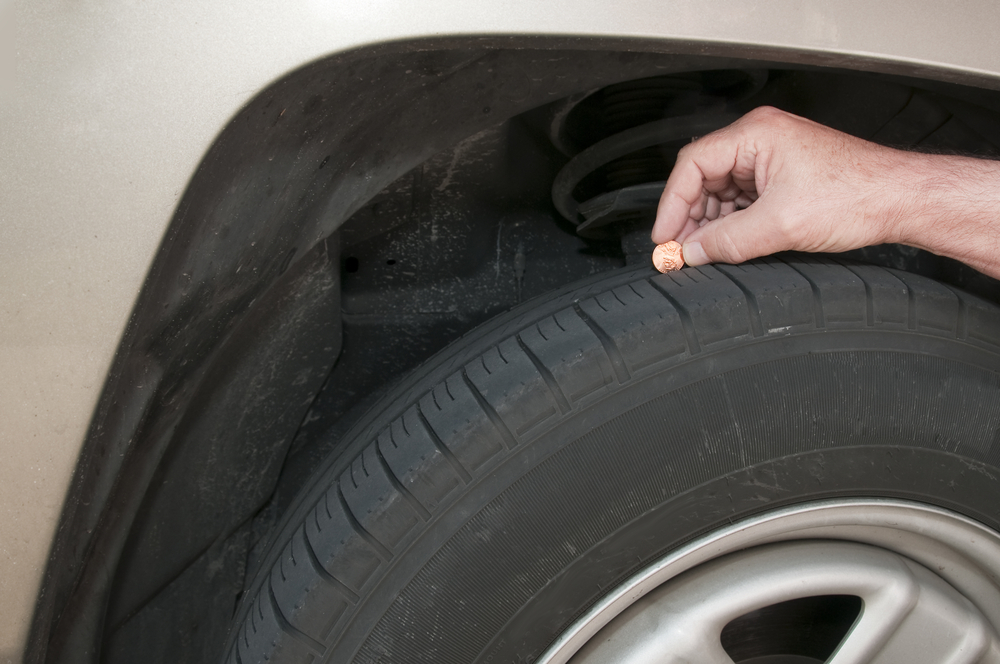
While tread depth is crucial for traction, other factors like tire age, sidewall condition, and internal structure are also important. Older tires may have adequate tread but could be compromised by dry rot or internal degradation, making them unsafe to use.
All-Season Tires Are Suitable for All Conditions
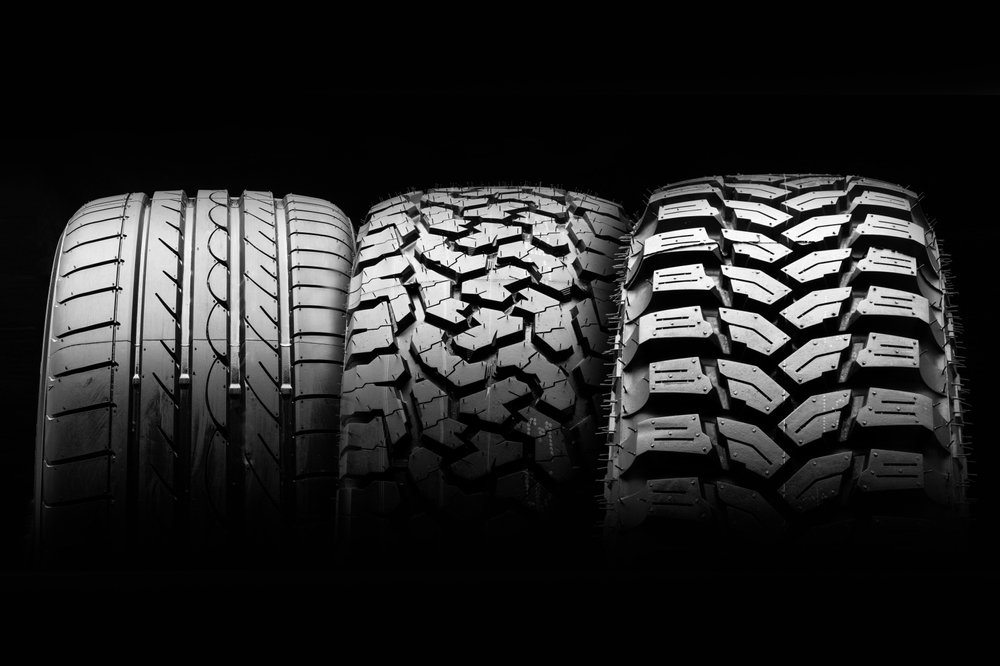
All-season tires are a compromise between summer and winter tires, and while they perform adequately in most conditions, they don’t excel in extreme weather. For harsh winter conditions, dedicated winter tires are a better choice, while summer tires offer superior performance in hot weather.
You Don’t Need to Worry About Tire Age
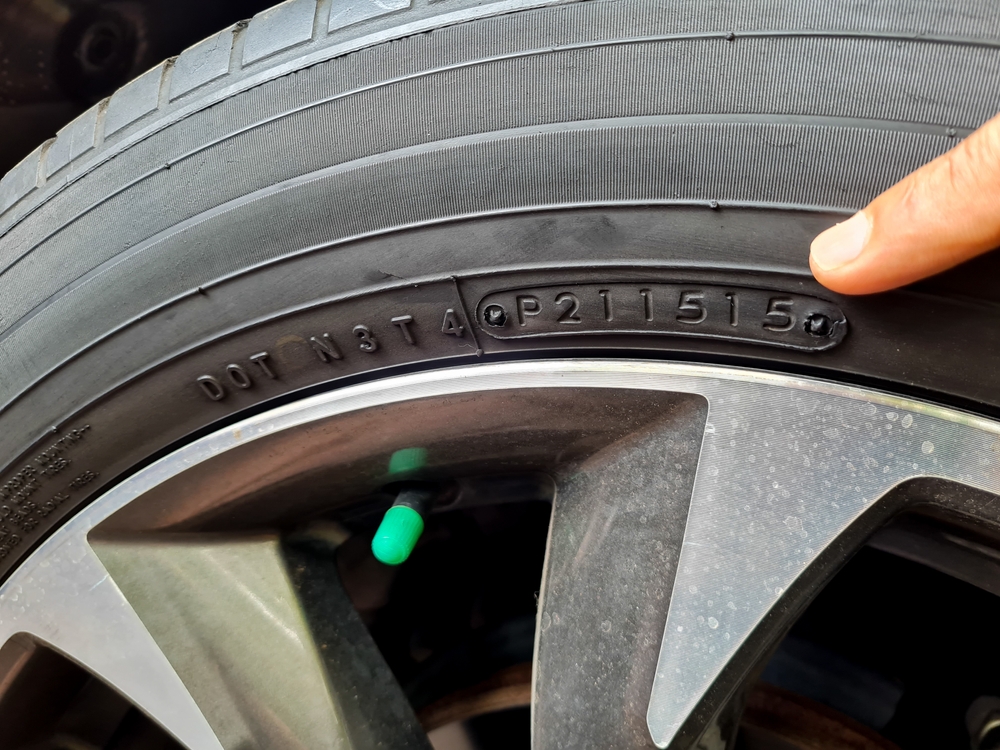
Even if tires have plenty of tread left, they can still degrade over time due to exposure to heat, sunlight, and oxygen. Most experts recommend replacing tires every six to ten years, regardless of tread depth, to avoid the risk of blowouts and other issues related to aging.
Cheap Tires Are Just as Good as Expensive Ones
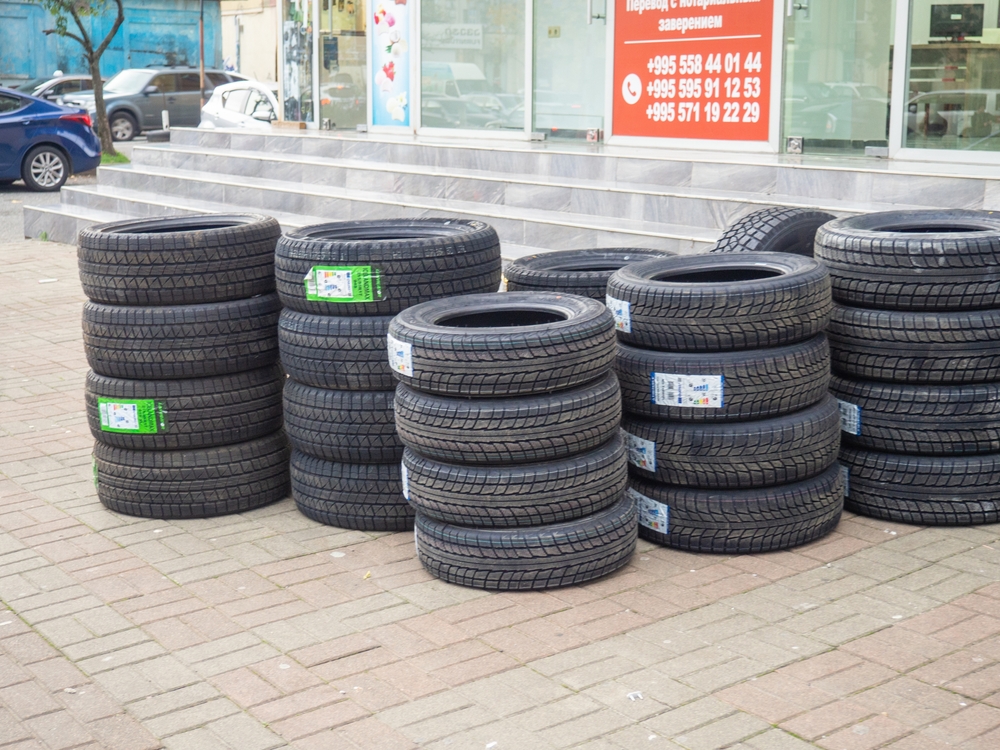
While budget tires may save you money upfront, they often don’t perform as well or last as long as higher-quality options. Premium tires typically offer better traction, durability, and safety features, making them a more cost-effective choice in the long run.
This article originally appeared in MyCarMakesNoise.
More from MyCarMakesNoise
20 Greatest British Sports Cars of All Time

British sports cars are renowned for their blend of style, performance, and innovation. From classic icons like the Aston Martin DB5 to modern marvels like the McLaren P1, these cars embody the pinnacle of automotive excellence. Read More
18 Vintage Motorcycles That Have Declined in Value
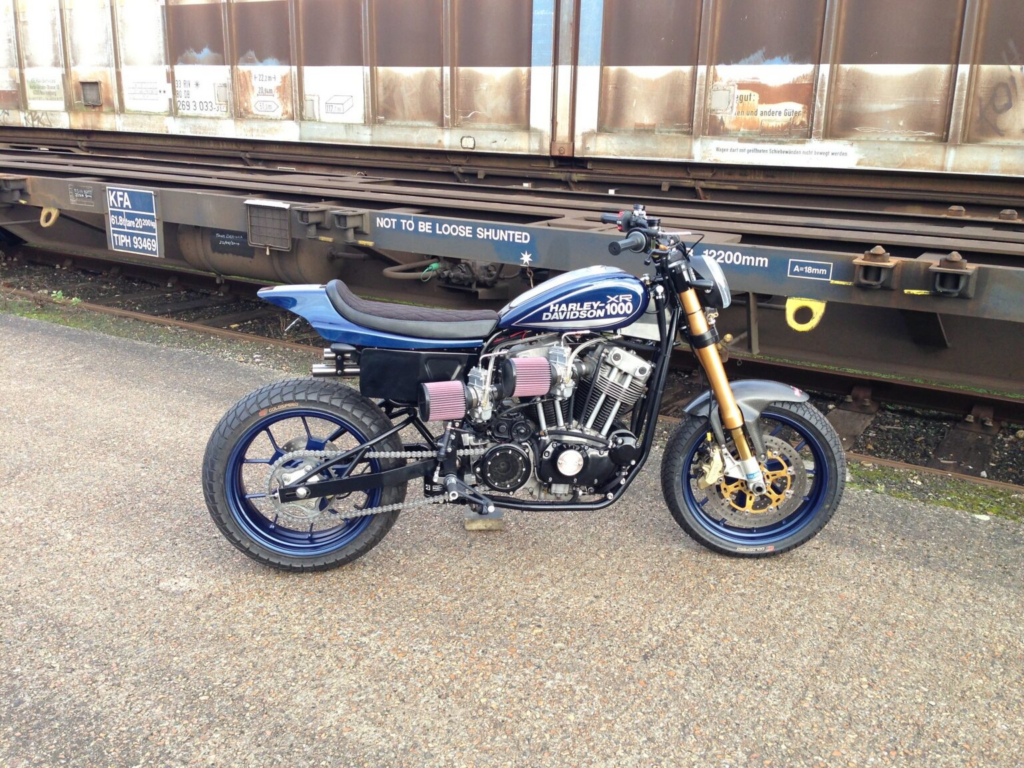
The allure of vintage motorcycles often lies in their timeless design and storied history. However, not all classic bikes have retained their value over the years. Read More
16 Exclusive Classic Cars That Are Expected to Appreciate in Value

Classic cars hold a timeless appeal and can offer significant returns on investment. As certain models become rarer and more sought after, their value steadily climbs. Read More














